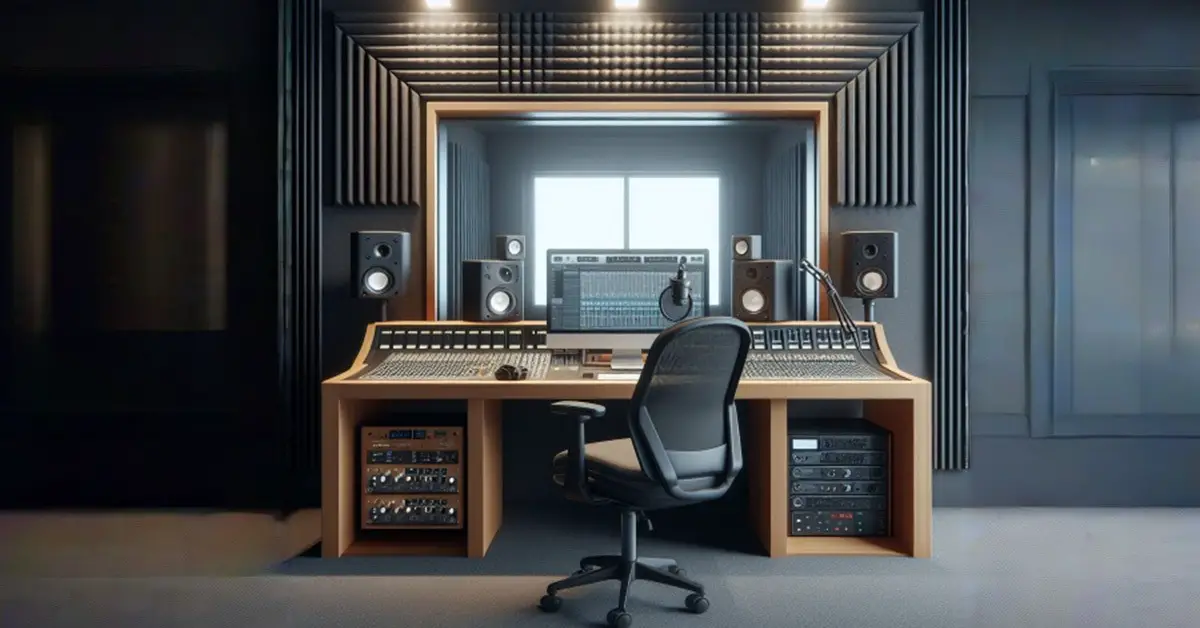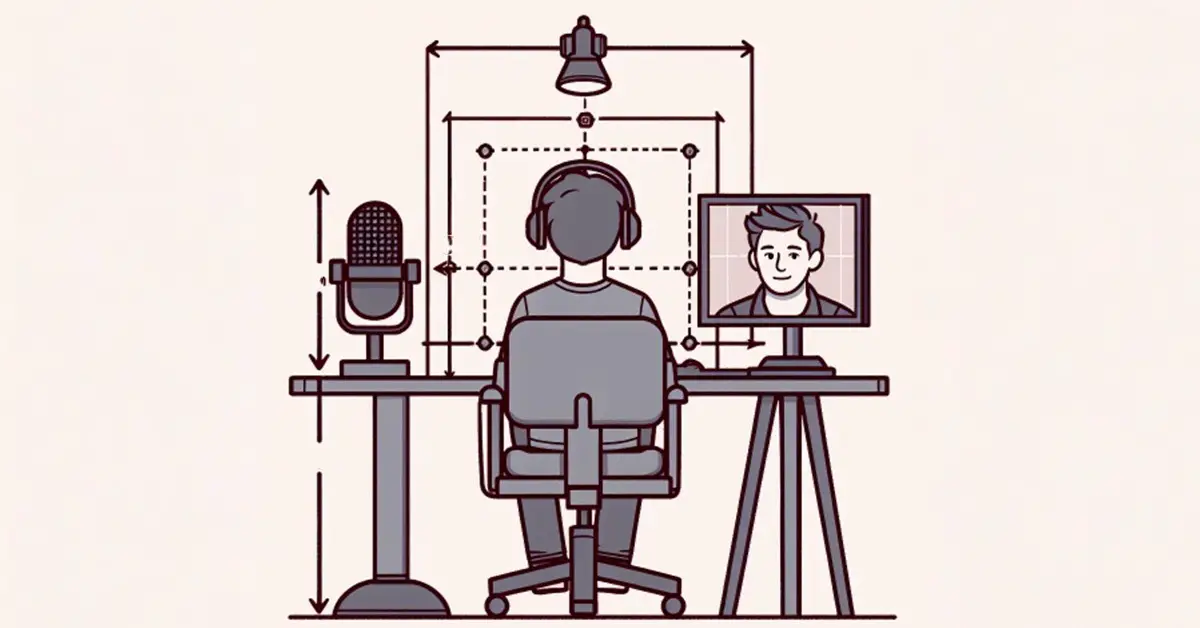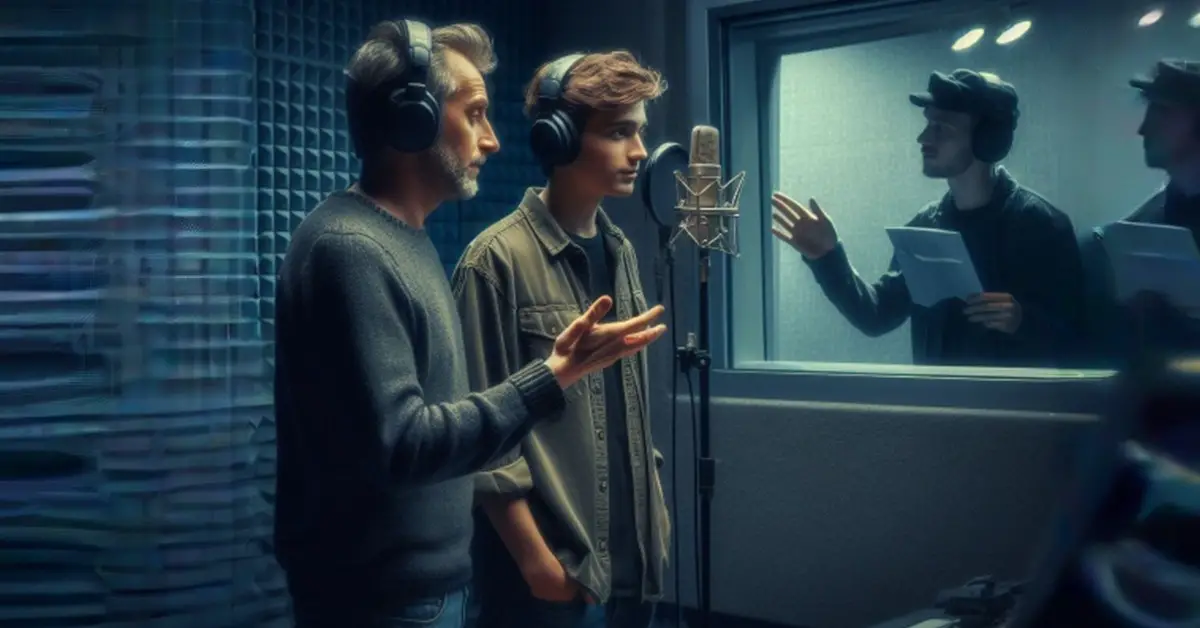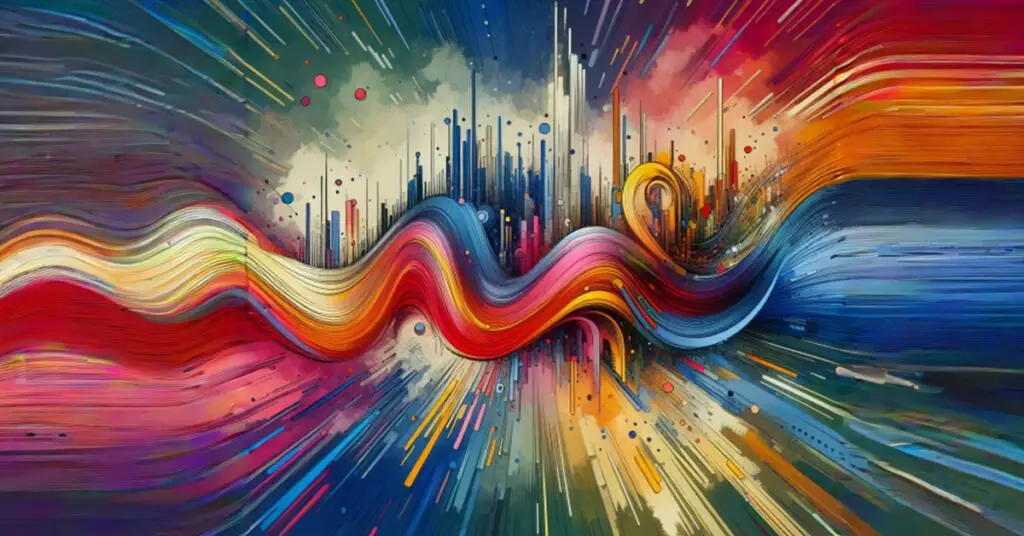In the world of film and television production, dialogue is a critical component that drives the narrative and brings characters to life. However, even with the best sound recording techniques, there may be instances where the original dialogue needs to be replaced or enhanced. This is where Automated Dialogue Replacement (ADR) comes into play, and having the right ADR equipment is crucial for achieving professional-quality results.
ADR, also known as dubbing or re-voicing, is the process of re-recording dialogue by actors in a controlled studio environment after the initial production phase. This technique is employed to address issues such as background noise, poor audio quality, or the need to match the actor’s lip movements with new lines. ADR equipment plays a vital role in ensuring that the re-recorded dialogue seamlessly integrates with the original footage, resulting in a polished and cohesive final product.
Understanding ADR Equipment:
ADR equipment refers to the specialized audio gear used in the ADR process. This equipment is designed to capture high-quality dialogue recordings while ensuring accurate synchronization with the video footage.
The primary purpose of ADR equipment is to create a controlled environment where actors can deliver their lines with consistent audio quality, free from external noise and distractions.
Benefits of using ADR equipment:
- Improved audio quality: ADR equipment allows for precise control over the recording environment, ensuring crystal-clear dialogue recordings.
- Seamless integration: With the right equipment, ADR takes can be seamlessly blended with the original production audio, making it indistinguishable to the audience.
- Flexibility: ADR provides the flexibility to re-record dialogue in a controlled setting, allowing for creative changes or adjustments to the script if needed.
- Time-saving: By utilizing ADR, productions can save time and resources by addressing dialogue issues during the post-production phase rather than reshooting entire scenes.
Key Components of an ADR Setup:
- Microphones: The microphone is the heart of any ADR setup, as it captures the actor’s dialogue. There are several types of microphones suitable for ADR, including:
- Condenser microphones: Known for their excellent clarity and sensitivity, condenser microphones are a popular choice for ADR recordings.
- Shotgun microphones: With their highly directional pickup pattern, shotgun microphones can effectively isolate the actor’s voice while rejecting unwanted background noise.
- Ribbon microphones: Prized for their warm and natural sound, ribbon microphones can add a vintage character to ADR recordings.
Recommended microphone models for ADR:
- Neumann U87 (Condenser)
- Sennheiser MKH 416 (Shotgun)
- Royer R-121 (Ribbon)

- Audio interfaces: An audio interface is a essential component that converts the analog microphone signal into a digital format for recording and processing in a computer or digital audio workstation (DAW). Popular options for ADR include:
- Universal Audio Apollo series
- Focusrite Clarett series
- RME Babyface Pro
- Soundproof/treated rooms: To achieve optimal audio quality and eliminate unwanted external noise, ADR sessions are typically conducted in soundproof or acoustically treated rooms. These rooms are designed to minimize reflections and create a controlled recording environment.
- Video playback systems: During ADR sessions, actors need to watch the original footage to match their lip movements and timing. Video playback systems, such as large monitors or projectors, are essential for providing a clear reference for the actors.
- Recording software: Digital Audio Workstations (DAWs) like Pro Tools, Adobe Audition, or Avid MediaComposer are commonly used for recording, editing, and processing ADR takes. These software applications offer a range of tools and features tailored for the ADR workflow.
Choosing the Right Microphone for ADR:
Selecting the appropriate microphone is crucial for capturing high-quality ADR recordings. There are several factors to consider when choosing a microphone for ADR:
- Polar pattern: The polar pattern determines the microphone’s directionality and how it picks up sound from various angles. Cardioid and hyper-cardioid patterns are ideal for ADR as they primarily capture sound from the front while rejecting noise from the sides and rear.
- Frequency response: A flat and extended frequency response is desirable for ADR microphones, ensuring accurate reproduction of the human voice across the entire audible range.
![]()
- Sensitivity: ADR requires microphones with high sensitivity to capture even the subtlest nuances in an actor’s performance. More sensitive microphones can pick up lower sound pressure levels, resulting in better audio quality.
- Proximity effect: Some microphones exhibit a proximity effect, where low frequencies are emphasized when the sound source is closer to the microphone. This can be advantageous for ADR, as it can add warmth and presence to the dialogue recordings.
Setting Up the ADR Recording Environment:
Creating an optimal recording environment is essential for achieving professional-quality ADR recordings. Here are some key considerations:
- Acoustic treatment: Soundproofing and acoustic treatment are crucial for preventing external noise from interfering with the ADR recordings. This typically involves installing sound-absorbing panels, bass traps, and diffusers to control room reflections and create a dry, controlled environment.

- Video playback setup: The video playback system should be positioned in a way that allows the actor to clearly see the footage while maintaining a consistent distance and angle relative to the microphone. This ensures accurate lip-syncing and consistent audio quality throughout the session.
- Actor positioning and sight lines: Proper actor positioning and sight lines are important for maintaining a consistent mic-to-mouth distance and minimizing unwanted variations in the recorded audio. The actor’s eye line should be aligned with the video playback, allowing them to focus on the footage while delivering their lines.
Essential ADR Recording Software:
Digital Audio Workstations (DAWs) are the primary software tools used for recording, editing, and processing ADR takes. Here are some industry-standard options and key features to look for:
- Pro Tools: Avid’s Pro Tools is widely considered the industry standard for ADR and post-production workflows. It offers advanced tools for audio editing, synchronization, and mixing, making it a powerful choice for ADR projects.
- Adobe Audition: Part of the Adobe Creative Cloud suite, Audition is a versatile audio editing software that includes ADR-specific features like automatic dialogue replacers, synchronization tools, and customizable audio restoration.
- Avid MediaComposer: Designed for video editing and post-production, MediaComposer seamlessly integrates with Pro Tools, making it a popular choice for ADR workflows. It offers tools for synchronizing audio and video, as well as advanced editing capabilities.
Key features to look for in ADR software:
- Synchronization tools for accurate audio-to-video alignment
- Support for timecode and frame-accurate editing
- Audio editing tools (trimming, crossfades, pitch correction, etc.)
- Integration with video editing software
- Customizable audio effects and processing plugins
Integrating ADR into the Post-Production Workflow:
Seamlessly incorporating ADR recordings into the overall post-production process is crucial for achieving a polished final product. Here are the key steps:
- Synchronizing ADR recordings with video: The first step is to accurately synchronize the ADR takes with the corresponding video footage. This can be achieved using timecode or other synchronization methods provided by the ADR software. Precise synchronization ensures that the re-recorded dialogue seamlessly matches the actor’s lip movements.
- Editing and processing ADR takes: Once synchronized, the ADR takes can be edited and processed to achieve the desired quality. This may involve trimming, crossfading, and applying audio effects like noise reduction, EQ, and compression. The goal is to create a seamless transition between the original production audio and the ADR recordings.
- Seamlessly blending ADR with production audio: The final step is to blend the processed ADR takes with the original production audio. This requires careful level matching, fading techniques, and possibly applying additional processing to ensure a cohesive and natural-sounding final mix.
Best Practices for Effective ADR Sessions:
Conducting successful ADR sessions requires careful preparation and attention to detail. Here are some best practices to ensure effective and efficient ADR recordings:
- Preparing actors and directors: Provide actors with scripts, character backgrounds, and context to help them get into the mindset of their roles. Ensure that directors communicate clear direction and feedback to guide the actors’ performances.
- Capturing consistent performances: Maintain consistent microphone positioning, actor distance, and recording levels throughout the session to ensure seamless integration of the ADR takes. Encourage actors to match their original on-set performances as closely as possible.
- Troubleshooting common ADR challenges: Even with meticulous preparation, ADR sessions can encounter various challenges. Being prepared to address these issues can save time and ensure a smoother workflow:
- Background noise: Implement effective noise reduction techniques, such as noise gating or noise removal plugins, to clean up unwanted ambient sounds.

- Lip sync issues: Utilize ADR software’s capabilities to adjust timing and synchronization, or consider re-recording problematic lines.
- Inconsistent performances: Provide clear direction and feedback to actors, and be prepared to record multiple takes to capture the desired performance.
- Room reflections and acoustics: Proper acoustic treatment and microphone positioning can help minimize unwanted room reflections and ensure a dry, controlled recording environment.
- Equipment failures: Always have backup equipment on hand, such as spare microphones, interfaces, and cables, to avoid disruptions caused by equipment failures.
Future Trends in ADR Technology:
As technology continues to evolve, the field of ADR is also advancing, offering new opportunities and innovations. Here are some exciting future trends to watch out for:
- Advancements in microphone technology: Microphone manufacturers are constantly pushing the boundaries of audio capture, with developments in digital microphone technology, advanced polar patterns, and improved noise-cancellation capabilities. These advancements will further enhance the quality and flexibility of ADR recordings.
- Integration of AI and machine learning: Artificial intelligence (AI) and machine learning are making their way into various aspects of audio production, including ADR. These technologies could potentially assist in tasks such as automated lip-sync detection, performance analysis, and even generating artificial dialogue based on existing recordings.
- Remote/virtual ADR solutions: The COVID-19 pandemic has accelerated the adoption of remote collaboration tools in the entertainment industry. As a result, we may see an increase in virtual ADR solutions, allowing actors to record their lines from remote locations while maintaining synchronization with the video footage.

- Immersive audio for ADR: With the growing popularity of immersive audio formats like Dolby Atmos and DTS:X, ADR workflows may need to adapt to capture and integrate dialogue into these multi-dimensional soundscapes, providing a more immersive viewing experience for audiences.
- Audio-to-video lip-sync tools: Advanced software tools are emerging that can automatically synchronize ADR recordings with video footage, using algorithms to analyze lip movements and match them with the audio waveforms. This could streamline the ADR workflow and reduce the need for manual synchronization.
- Cloud-based ADR solutions: As cloud computing becomes more prevalent, we may see the development of cloud-based ADR platforms that allow remote collaboration, centralized storage, and seamless integration with other post-production tools.
Conclusion:
In the world of film and television production, ADR (Automated Dialogue Replacement) plays a crucial role in ensuring that dialogue is captured with the highest quality and seamlessly integrated into the final product. Having the right ADR equipment is essential for achieving professional-grade results and maintaining a smooth post-production workflow.
From high-quality microphones to specialized audio interfaces, soundproof recording environments, and powerful recording software, each component of an ADR setup contributes to the overall quality and efficiency of the process. By investing in quality ADR gear and following best practices, productions can ensure that re-recorded dialogue blends seamlessly with the original footage, creating a polished and cohesive final product.
As technology continues to evolve, the future of ADR holds exciting developments, such as advancements in microphone technology, the integration of AI and machine learning, remote/virtual ADR solutions, and the adaptation to immersive audio formats. These innovations will further enhance the capabilities and efficiency of ADR workflows, allowing productions to achieve even higher levels of audio quality and realism.
Whether you’re a seasoned post-production professional or just starting to explore the world of ADR, understanding the essential components and best practices of ADR equipment is crucial. By embracing the latest technologies and techniques, you can elevate your ADR game and deliver outstanding dialogue performances that truly bring your projects to life.

